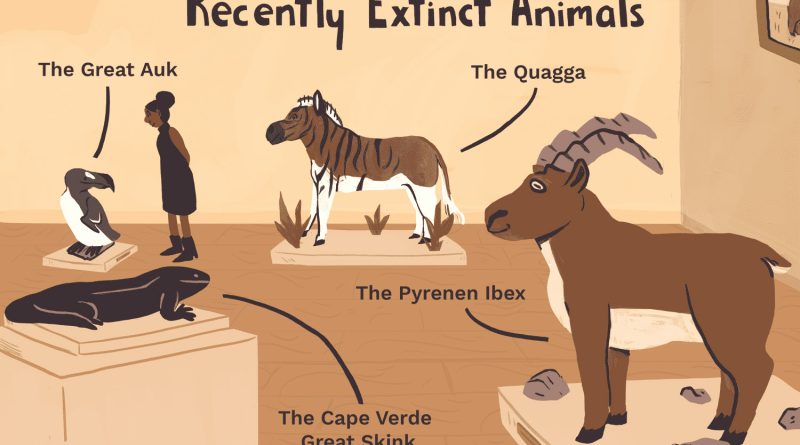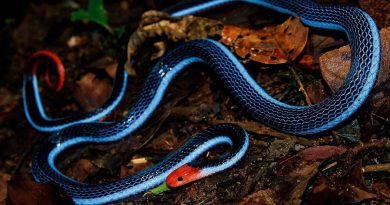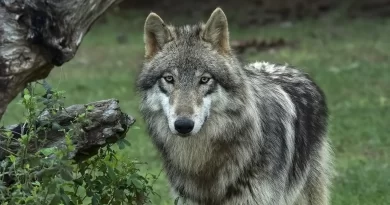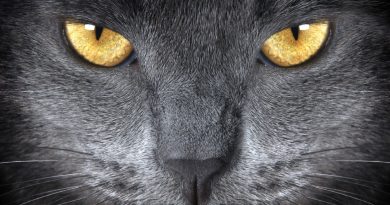25 Extinct Animals That Scientists Want to Bring Back
Animals have died out on Earth for many different reasons over the years. Sometimes it’s because the weather has changed in a big way. Sometimes it was because people did something.
Scientists might be able to bring some of these animals “back” from extinction with the help of new science, especially biotechnology. Some of these animals are already on the list.
Most of the time, it helps if there is a living species that is genetically similar to the extinct animal. For example, elephants are genetically similar to woolly mammoths, and cows are genetically similar to aurochs.
There are also some things to think about, since bringing a dead animal back to life has a lot of biological and ecological effects.
Scientists must be able to show that the species is valuable, such as by showing that it plays an important role in the ecosystem or that people love it. And they have to think about things like whether we have access to tissue that could be used to get good DNA samples.
Most importantly, though, the animals must be able to be put back into the wild in the first place. This means that they need places to live, food, and little contact with people.
Dinosaurs are bad at all of these things, so it’s likely that there will never be a real Jurassic Park. But there are still a lot of animals to choose from.
Here are some of them from the list of species that could be brought back from the brink of extinction made by the Long Now Foundation, which was started by biologist and author Stewart Brand. We’ve also added a few that we found on our own.
1. Caspian Tigers
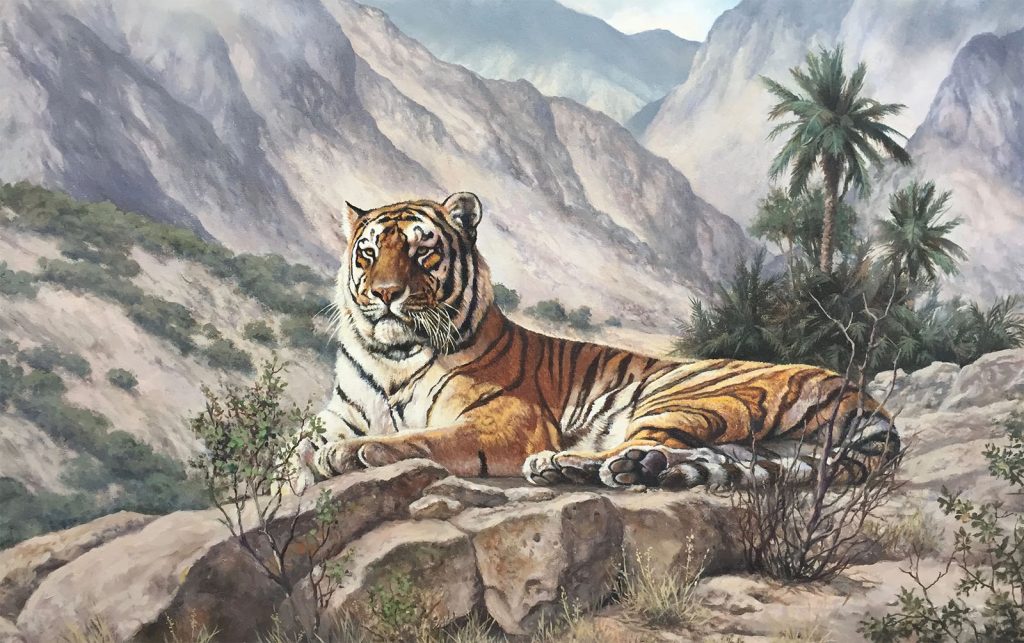
During their time of glory, Caspian tigers lived in Turkey, much of Central Asia, including Iran and Iraq, and Northwestern China. They went extinct in the 1960s, though.
Some scientists want to bring them back by putting the nearly identical Siberian tiger back in its old habitats, where they think it will adapt.
2. Aurochs
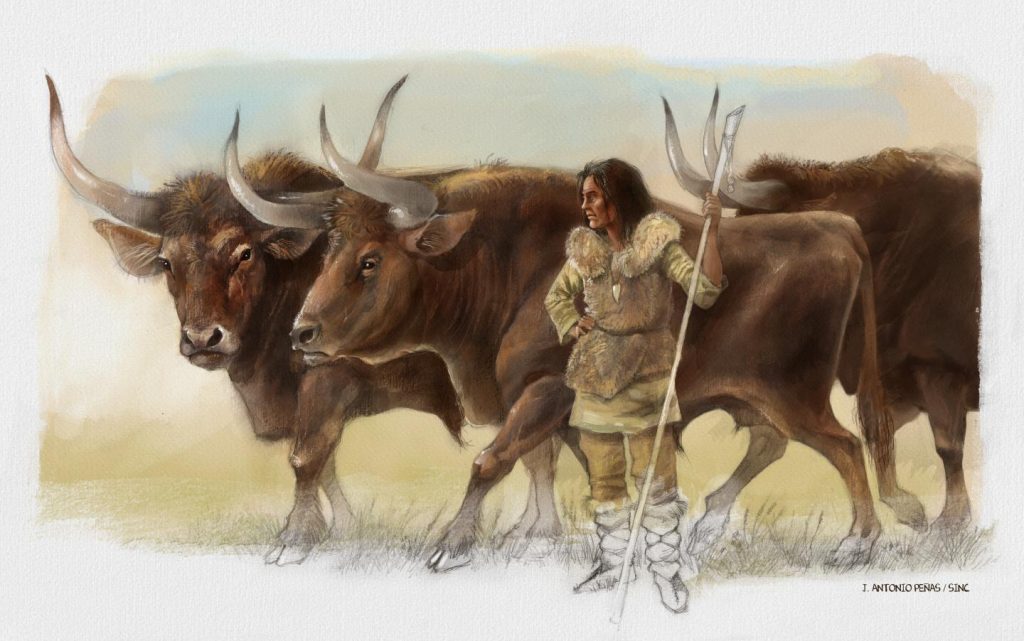
The aurochs is a type of cattle that lived in Europe, Asia, and North Africa. It is the ancestor of domestic cattle.
Scientists want to bring them back by carefully breeding different kinds of cattle that have some aurochs DNA. In order to do this, European teams have been breeding cattle in a certain way since 2009.
3. The Carolina Parakeet
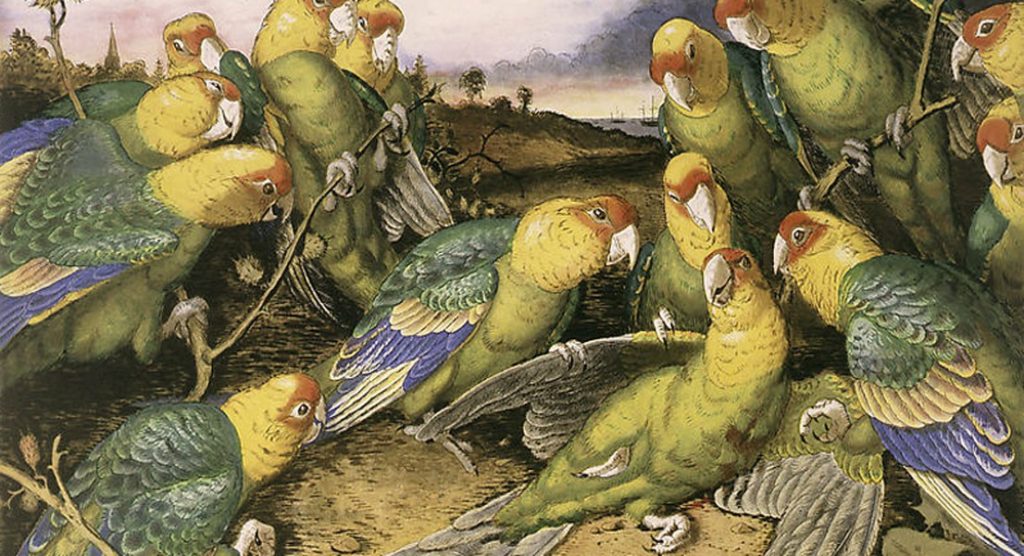
The Carolina Parakeet was a small, green parrot that lived in the eastern United States. It had a bright yellow head and an orange face.
The last wild one died in Florida in 1904, but close relatives in Mexico and the Caribbean still have the genes that made them.
4. The Cuban Macaw
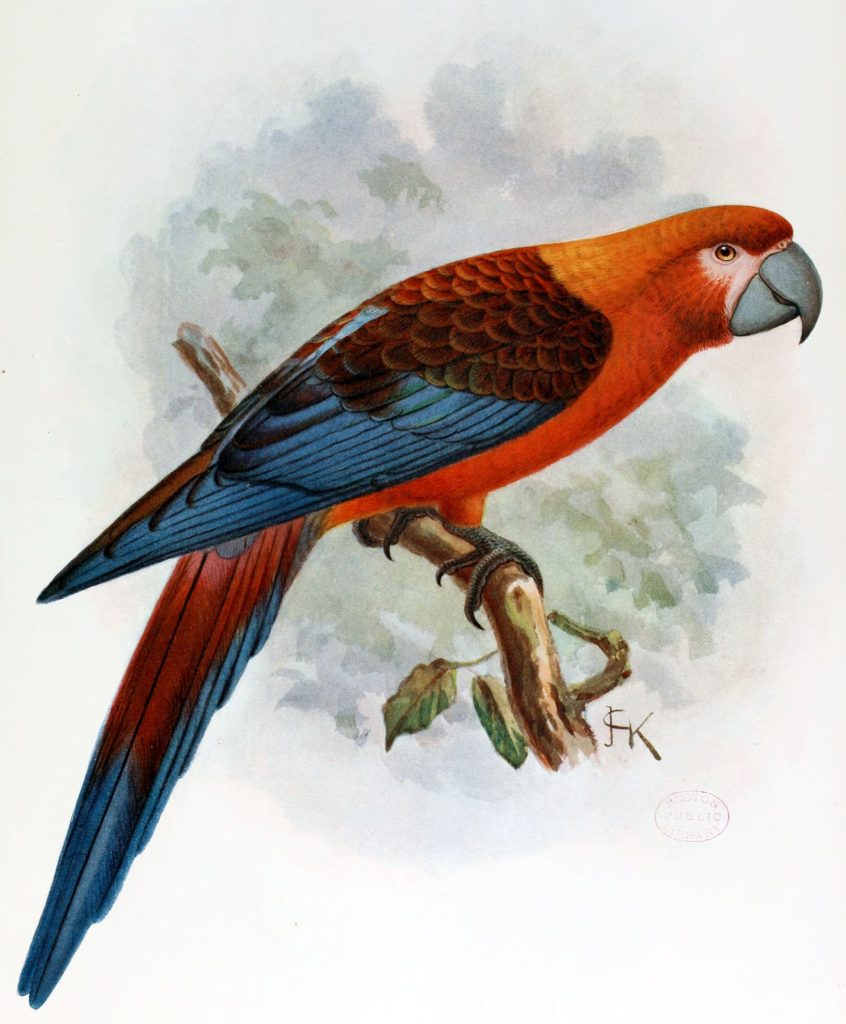
The colorful Cuban macaw lived in Cuba and died out in 1885 because it was hunted, traded, and kept as a pet.
People say that aviculturists have bred birds that look alike but are a little bit bigger because their genes were similar.
5. The Dodo

The dodo is probably the most well-known animal that has died out. It grew up without any natural enemies, but when people came to their home island, Mauritius, they used this to their advantage and killed them all for food.
In 2007, scientists found the best-preserved dodo skeleton ever. It may contain valuable DNA samples.
6. Woolly Mammoth
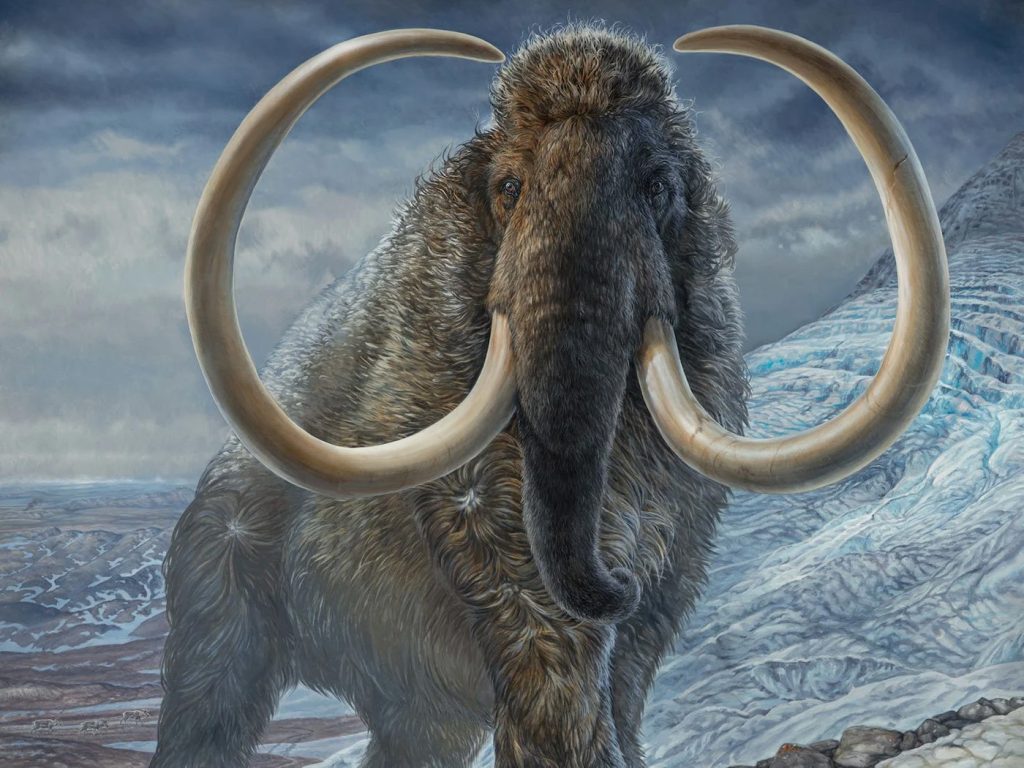
Scientists have been able to get good DNA from Woolly Mammoth bodies that have been frozen and kept for a long time.
Woolly mammoths lived on Wrangel Island in the Arctic Ocean until about 4,000 years ago. Scientists aren’t sure if we killed them off or if they died out on their own.
7. The Labrador Duck

The Labrador Duck has always been rare, but between 1850 and 1870, it went extinct.
Scientists think we killed them off anyway, even though they didn’t taste very good and weren’t hunted for food in large numbers. They want to bring them back because of this.
8. Wooly Rhinoceros
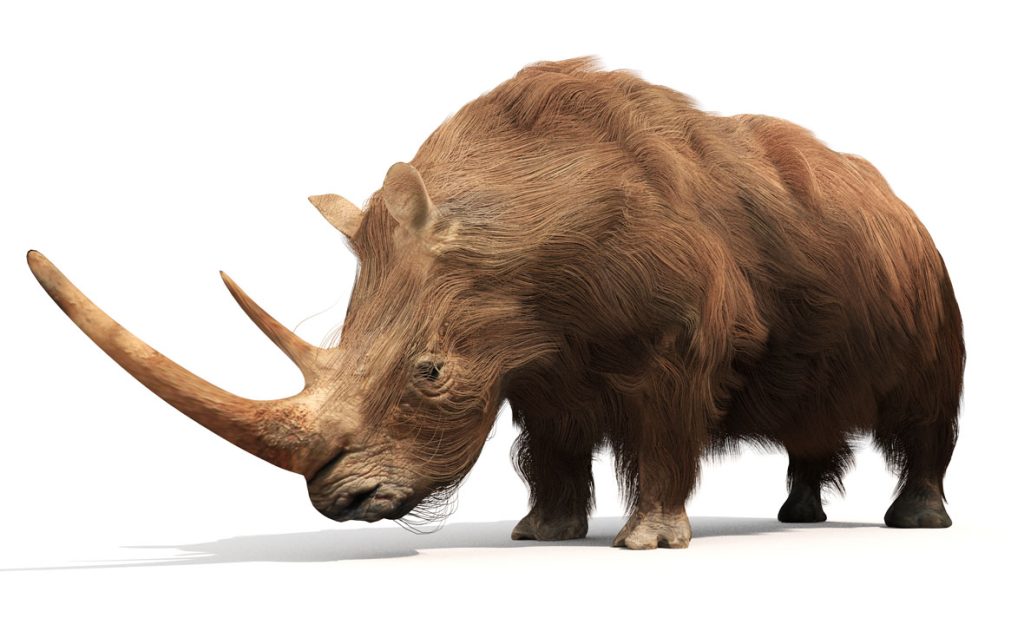
The woolly rhinoceros was common in both Asia and Europe.
It had thick woolly legs and a thick coat that helped it survive in the cold tundra during the Ice Age. People often say that humans killed them off by hunting them, so scientists want to bring them back to make up for it.
9. The Heath Hen
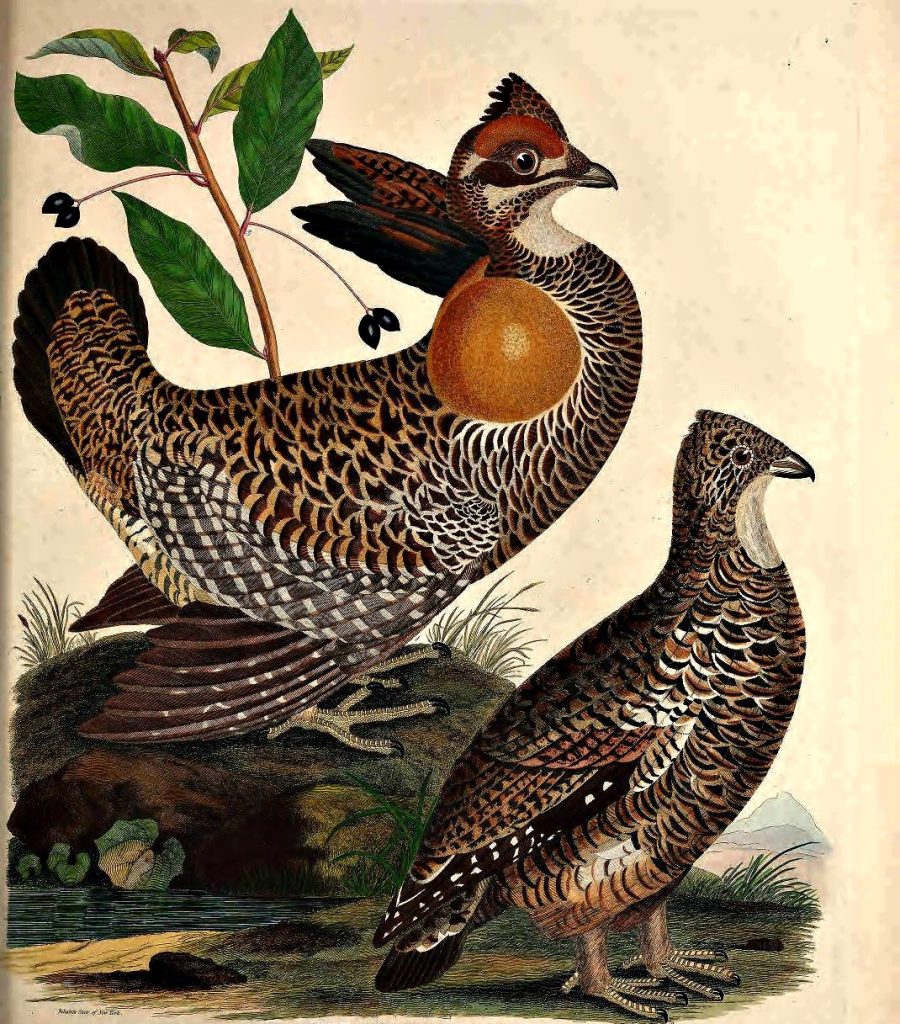
Up until 1932, the Heath Hen lived along the coasts of North America.
They made delicious dinners, and it’s likely that the first Thanksgiving was based on them. We almost ate them all, so they could also be brought back from the brink of extinction.
10. The Ivory-billed Woodpecker
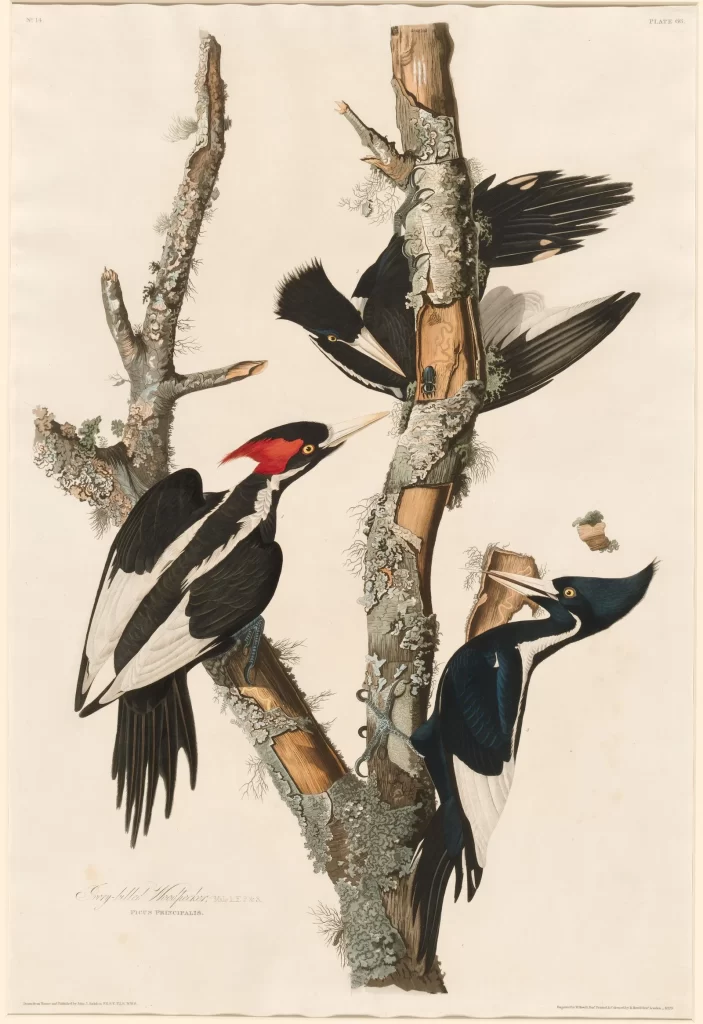
The Ivory-billed Woodpecker used to live in the “virgin forests” of the southeastern United States. However, the bird hasn’t been seen since the 1940s.
The Cornell Lab of Ornithology even offered a reward of $50,000 to anyone who could help find a living specimen.
11. The Imperial Woodpecker

Even though it hasn’t been seen in more than 50 years, the Imperial Woodpecker may still be alive.
It is on the “critically endangered (possibly extinct)” list because humans have destroyed a lot of its habitat. Scientists want to bring it back to life if it has gone extinct.
12. The Moa
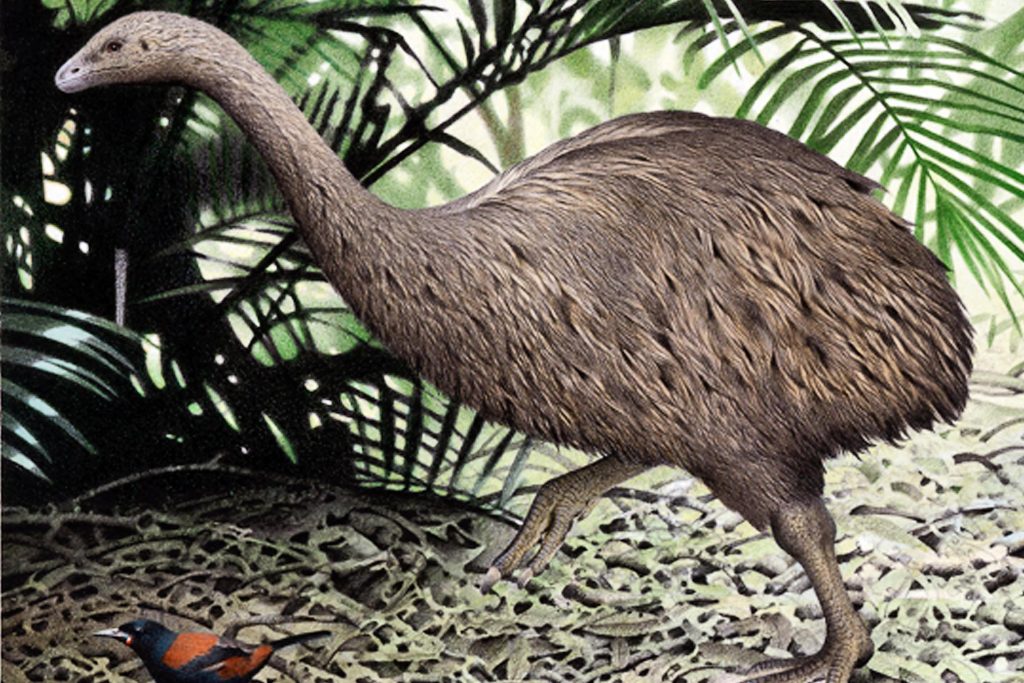
The Moa was a big bird from New Zealand that was 12 feet tall and weighed more than 500 pounds. It couldn’t fly.
They went extinct around 1400 because the Maori killed too many of them. Their closest relatives are the flightless South American tinamous, which could have some of their genes.
13. The Elephant Bird
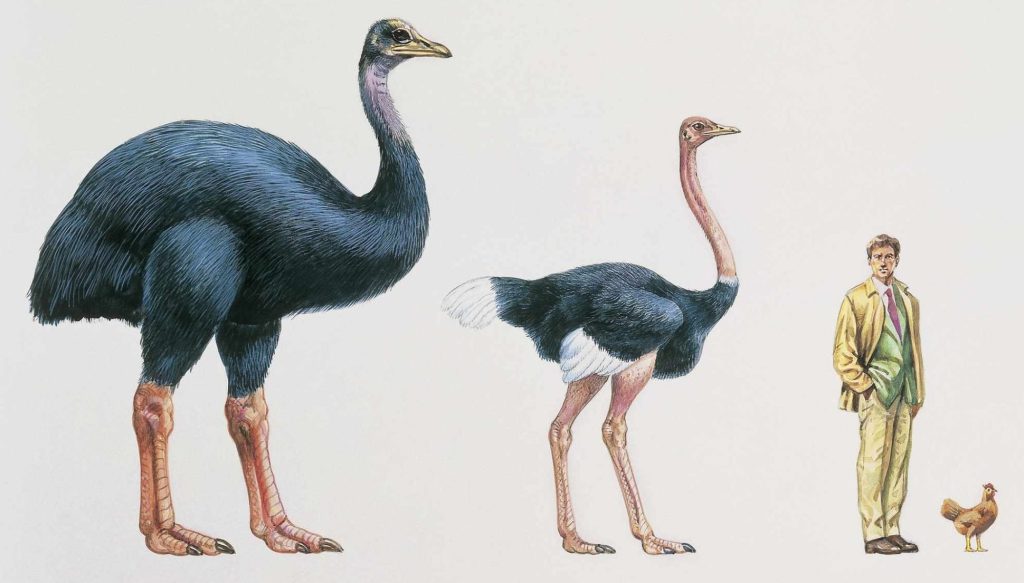
Only found on the island of Madagascar, this huge, flightless bird was extinct by the 17th century.
People generally believe that humans killed them off, so we also want to make up for that.
14. The Pyrenean Ibex
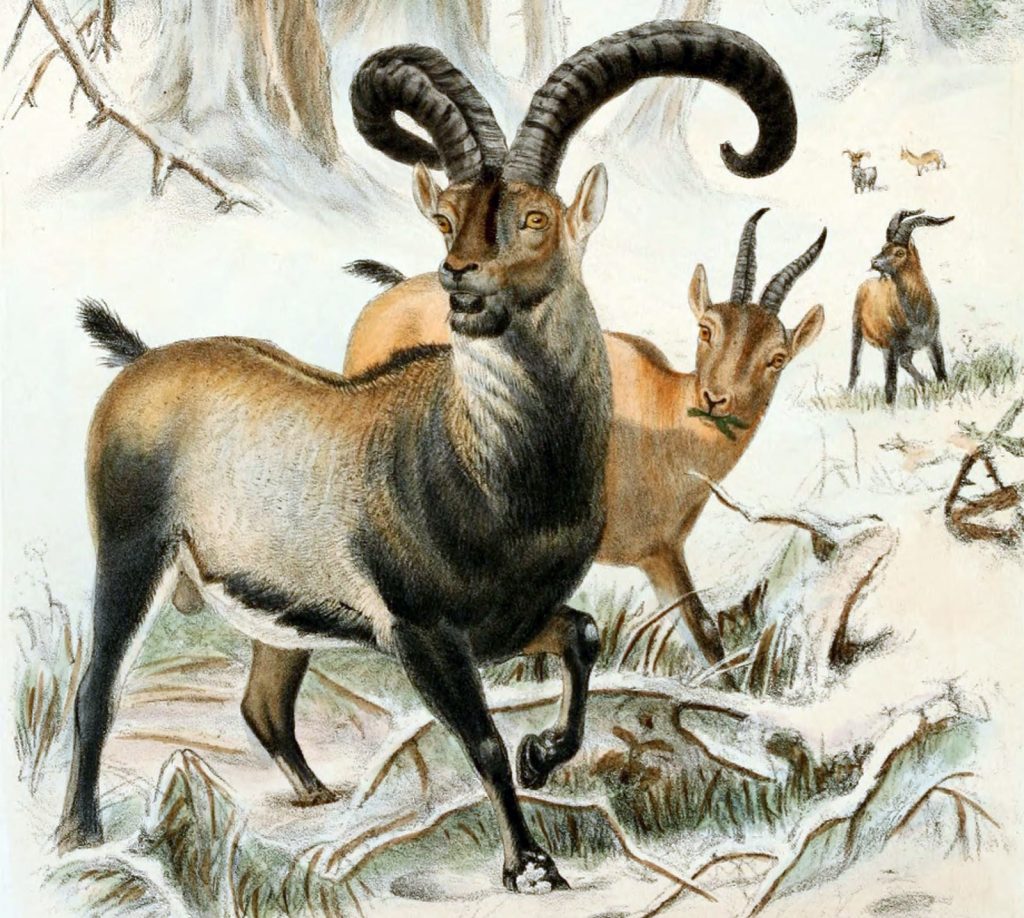
The Pyrenean ibex lived in southern France and the northern Pyrenees, but it went extinct in January 2000.
Scientists used DNA from one of the last females to try to make a clone, but it died soon after being born.
15. The Quagga

The Quagga was a type of plains zebra that no longer exists. It used to live in South Africa.
The last one in the wild was killed by a hunter in 1870, and the last one in a zoo died in 1883. The Quagga Project, which began in 1987, is an effort to save them from going extinct.
16. The Freshwater Dolphin
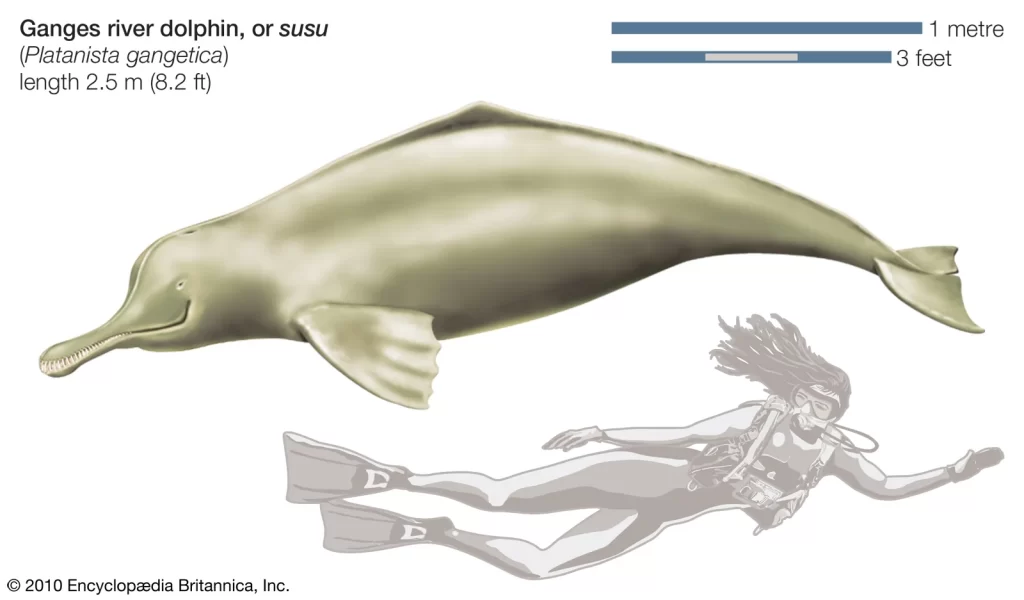
The Baiji was a dolphin that lived in fresh water. It was found in the Yangtze River in China.
It had been thought to be extinct for 10 years, but scientists said they saw one in a river late last year. If any are still alive, conservation efforts will try to bring the number of them back up.
17. The Tasmanian Tiger
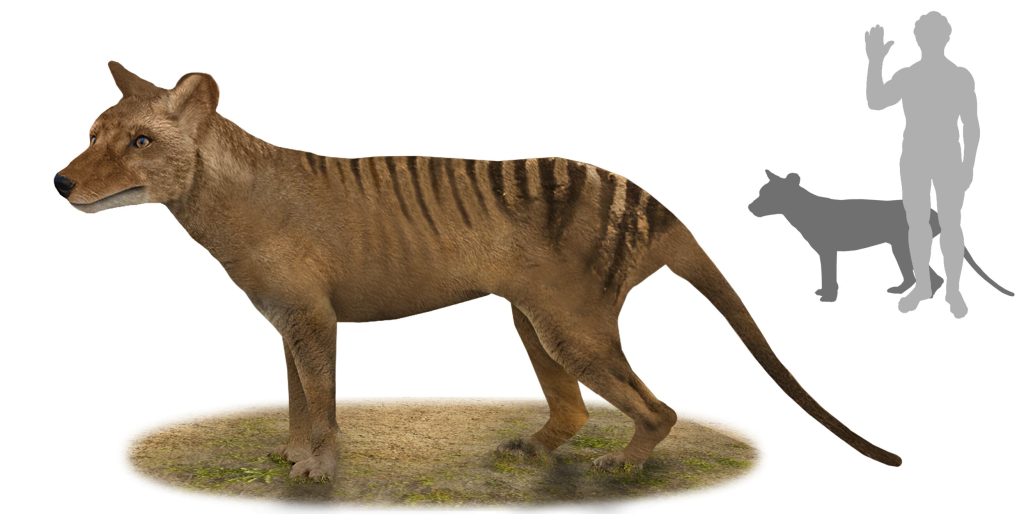
The only marsupial on the list is the Thylacine, also called the Tasmanian Tiger. It’s probably also different from every other marsupial you can think of.
It used to live in mainland Australia and New Guinea, but by the end, it only lived on Tasmania. It died out in the 1930s.
Some of its DNA may be in the Tasmanian devil.
18. Irish Elk
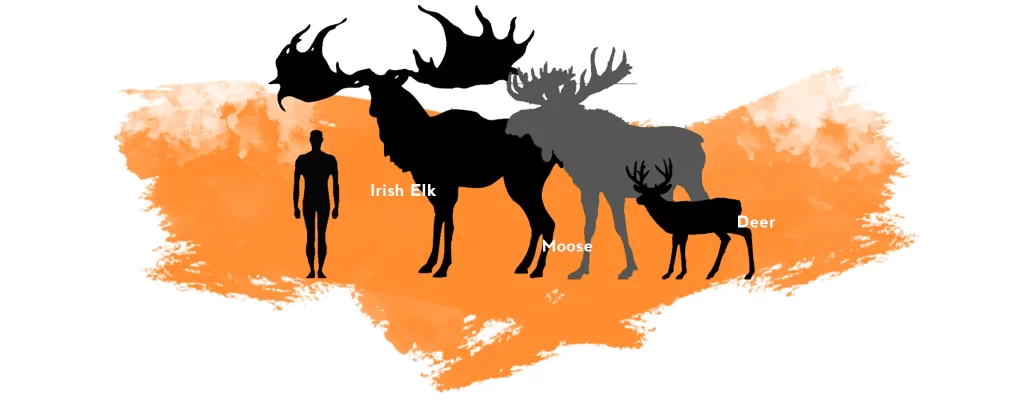
Irish elks were among the biggest deer that have ever lived.
The last remains of this species were found in Siberia and were dated by carbon to be about 7,700 years old. Red deer or fallow deer might have some similar genes.
19. The Caribbean Monk Seal
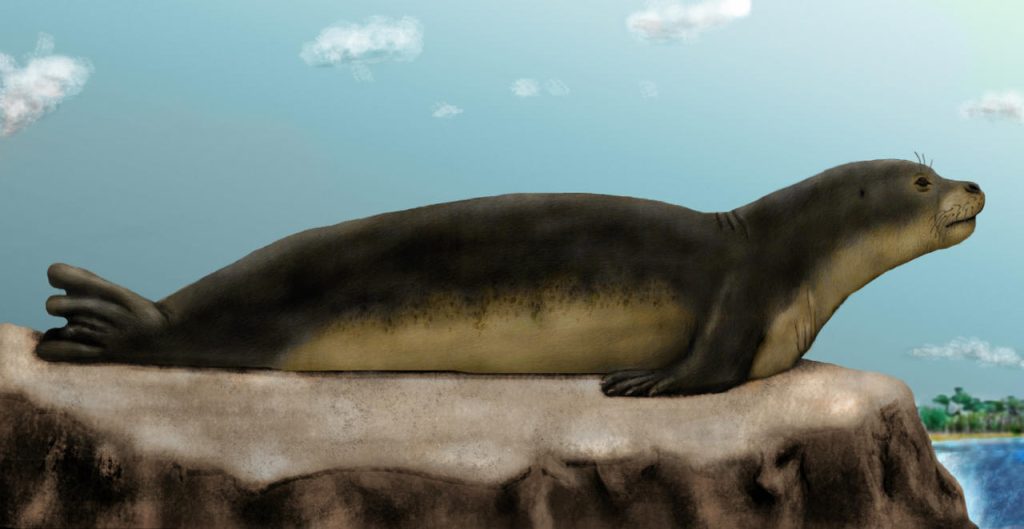
The oil from the Caribbean monk seal was used to make cars, and people caught more fish than them, so they died out in 1952.
They were related to the endangered Hawaiian monk seals, which live around the Hawaiian Islands, and the endangered Mediterranean monk seals.
20. The Huia
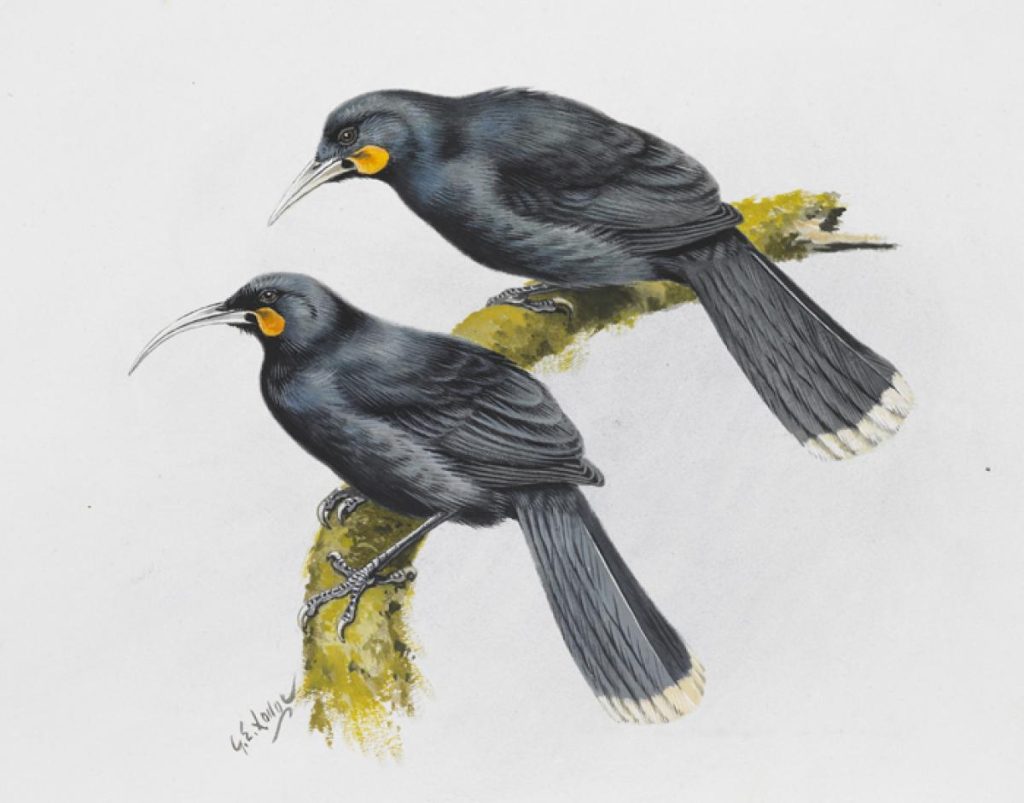
The Huia was a type of wattlebird from New Zealand. It was a big bird.
It went extinct in the 20th century because people hunted it to get specimens for museums and private collections.
The beak of the female was long and curved, while the beak of the male was shorter. We don’t know much about how they live, so bringing them back would be interesting.
21. The Moho
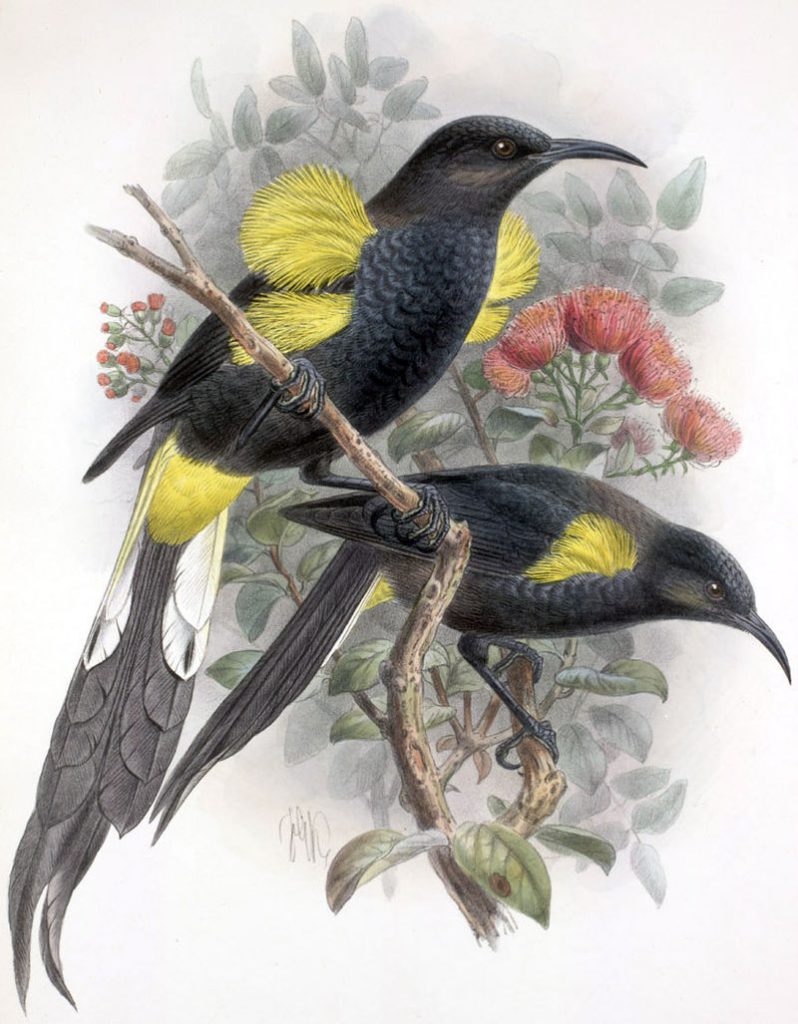
Moho is a group of Hawaiian birds that no longer exist. Most of them went extinct because their habitats were destroyed or because they were hunted.
The Hawaiian Moho, which you can see here, went extinct in 1934, but some birds, such as the waxwing and the palmchat, might still have some of their DNA.
22. The Steller’s Sea Cow
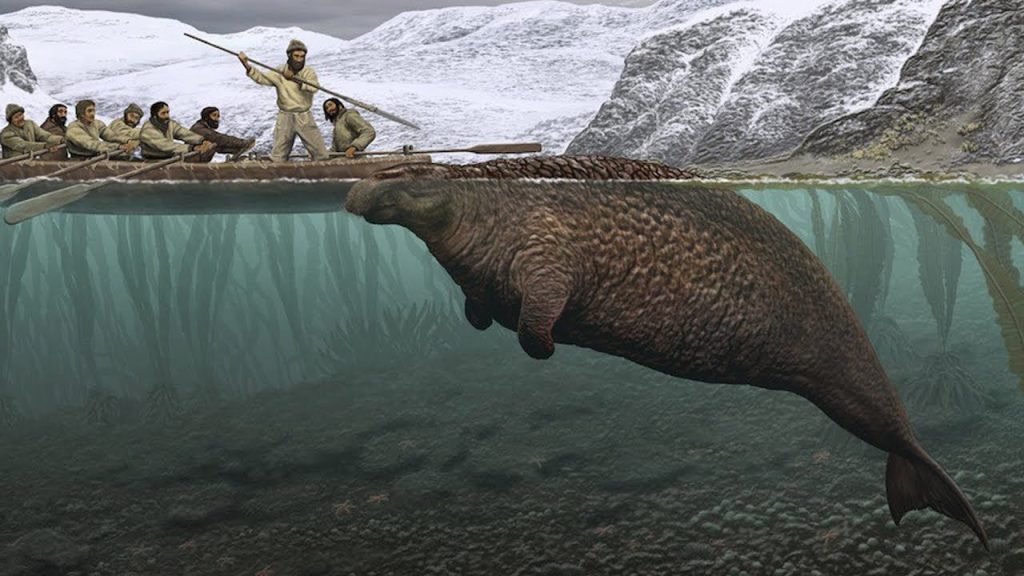
The Steller’s sea cow is related to the manatee and dugong, which are the other two species of sea cows.
They used to be very common in the North Pacific, but they were hunted to extinction in just 27 years. Scientists might be able to bring back dugongs by finding some of their DNA in dugongs.
23. Passenger Pigeons
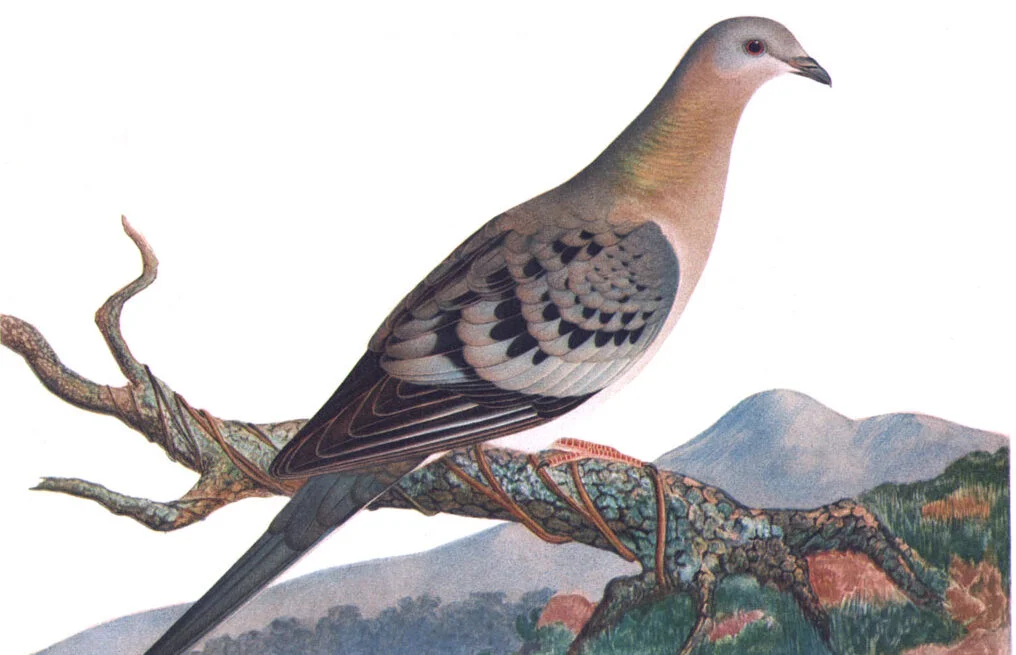
It’s hard to think of a species going extinct when there are so many pigeons around. But that’s what happened to the passenger pigeons. They lived in huge flocks for most of the 20th century, but then they all died out.
Slaves killed a lot of them so they could eat until the last one died in 1914. There are several living relatives of passenger pigeons. The 17 pigeons in the group Patagioenas are among them.
24. The Gastric-brooding Frog
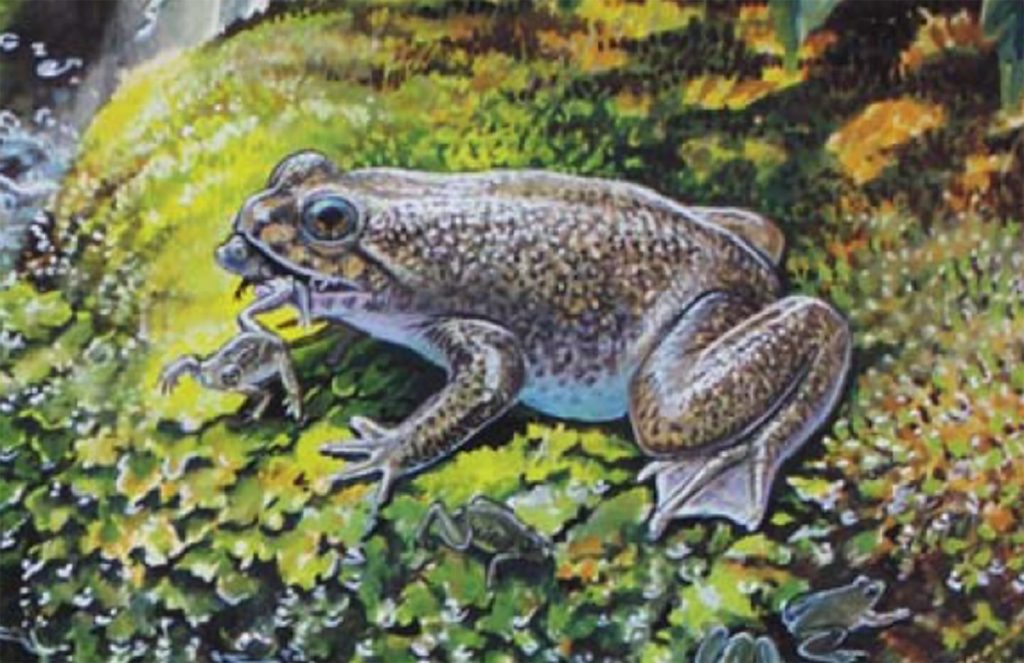
This is the gastric-brooding frog, which swallowed its eggs and then hatched them out of its mouth.
It went extinct in 1983, but in 2013, scientists were able to put the nucleus of a “dead” cell into a new egg from another species of frog.
25. The Great Auk

The Great Auk stopped living around the middle of the 19th century. From Northern Spain to Canada, they lived in the North Atlantic.
They died out because of changes in the climate during the Little Ice Age, which let predatory polar bears into their homes, and because people killed them. So, again, we are partly to blame.
